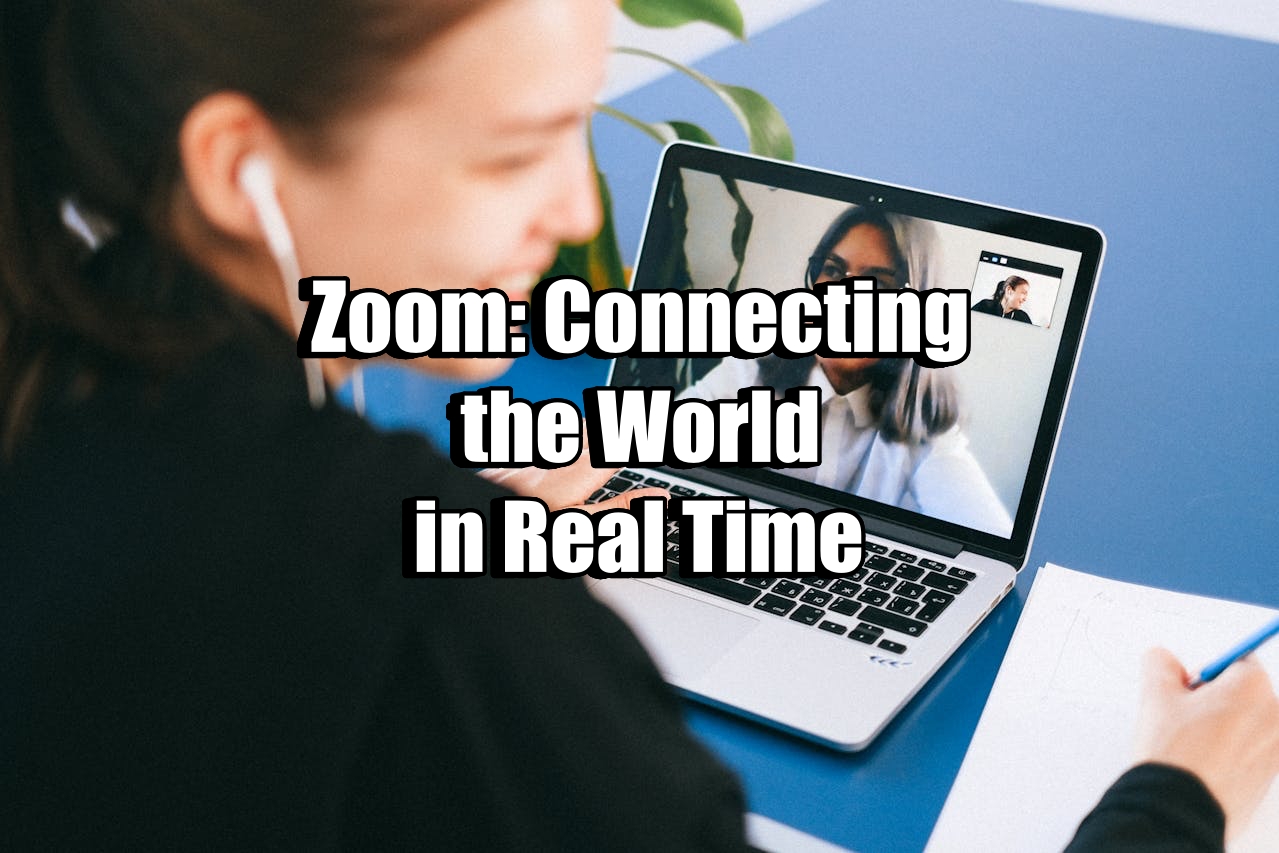Zoom: Connecting the World in Real Time
In a world where distance is no longer a barrier, Zoom has become a cornerstone of how we communicate, collaborate, and connect. Launched in 2013, this cloud-based video conferencing platform transformed from a convenient business tool to a household name—especially during the COVID-19 pandemic, when remote work, online learning, and virtual events became the norm.
Zoom’s strength lies in its simplicity and versatility. With features like HD video and audio, screen sharing, breakout rooms, chat, and recording, it serves not only professionals but also educators, non-profits, and social groups. Whether hosting a global webinar or catching up with family across continents, Zoom offers an intuitive interface accessible from computers, tablets, and smartphones.
Security has been a growing focus for Zoom, especially after early criticisms about privacy. Today, end-to-end encryption, meeting passcodes, waiting rooms, and advanced host controls help ensure safe and secure interactions.
One of Zoom’s most powerful impacts is its role in reshaping work culture. Remote teams can now collaborate without geographical constraints, leading to greater flexibility, reduced commuting, and new opportunities for global hiring. It has also democratized events, allowing conferences, workshops, and even concerts to reach worldwide audiences.
As hybrid work and blended learning continue to shape the future, Zoom is evolving with features like AI-powered meeting summaries, real-time translation, and deeper integrations with productivity tools. It’s more than just a video call—it’s a platform enabling human connection at scale.

No responses yet